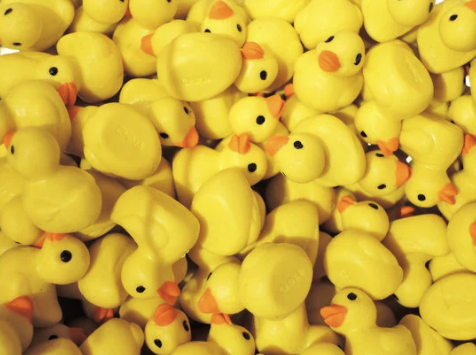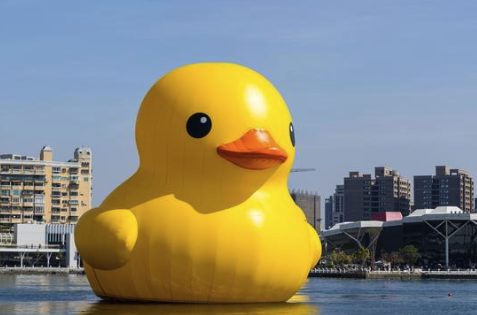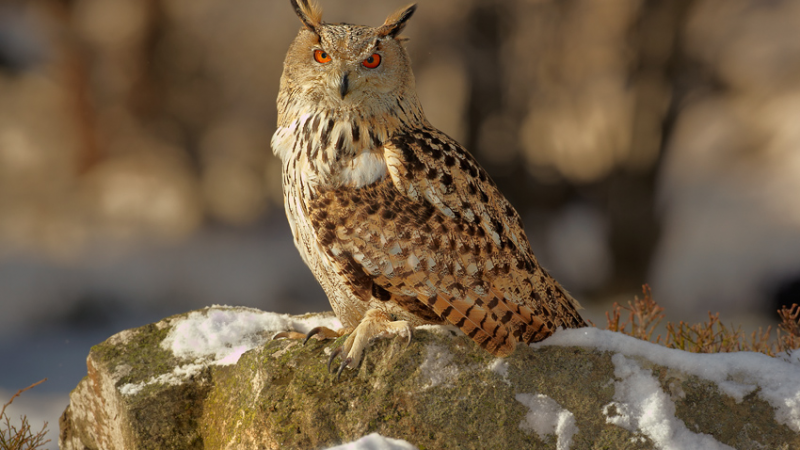A Quacking Good Tale: The Surprising History of the Rubber Duck

There’s something irresistibly cheerful about a rubber duck. Bright, bouncy, and always sporting a friendly grin, they’ve become a bath-time icon for children and adults alike. But have you ever paused to wonder how these little yellow companions floated into our lives? And what, if anything, do they have to do with real ducks?
From Rubber Roots to Bathtub Royalty
The story of the rubber duck begins not with bath toys, but with the invention of vulcanised rubber in the 19th century. Inventor Charles Goodyear discovered that heating natural rubber with sulphur made it tougher and more elastic — perfect for bouncy balls, waterproof shoes, and, eventually, ducks.
The earliest rubber ducks weren’t the squeaky, floaty kind we know today. In fact, they didn’t float at all! Early versions were solid and quite heavy, designed more as chew toys for teething toddlers than as bathtime companions. It wasn’t until the mid-20th century that rubber ducks got their big break — made from lighter materials like vinyl and designed specifically to bob along beside us in the tub.
Thanks in no small part to their starring role in children’s books, cartoons, and the unforgettable “Rubber Duckie” song from Sesame Street (thank you, Ernie!), the rubber duck sailed into pop culture fame.

Any Relation to Real Ducks?
Well, yes and no. While the cheerful yellow form we know today is more cartoon than mallard, the original concept was definitely inspired by real ducks’ long-standing association with water. Ducks glide effortlessly across ponds and lakes, making them a natural (and rather adorable) symbol for a floating toy.
Interestingly, the classic rubber duck’s design — rounded body, smiling beak, and canary-yellow colour — isn’t an accurate replica of any real duck species. Wild ducks come in a marvellous array of colours and patterns — mallards, for instance, boast glossy green heads and speckled brown bodies. The rubber duck’s simple, sunny look is a product of human imagination and a clever bit of marketing.

A Duck with Staying Power
Over the years, the rubber duck has become much more than just a toy. It’s a symbol of nostalgia, playfulness, and even charity. Giant rubber duck sculptures have floated in harbours around the world as public art installations, capturing hearts and sparking smiles wherever they go. In 2001, the humble rubber duck was inducted into the National Toy Hall of Fame, firmly cementing its place in history.
So next time you spot a rubber duck bobbing happily in the bath, give a little nod to its quirky, bouncing past — a small toy with a big story, inspired (loosely) by our feathered friends on the water.
And remember: whether real or rubber, ducks always know how to make a splash.


